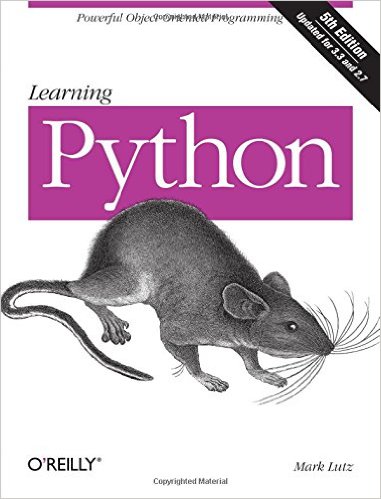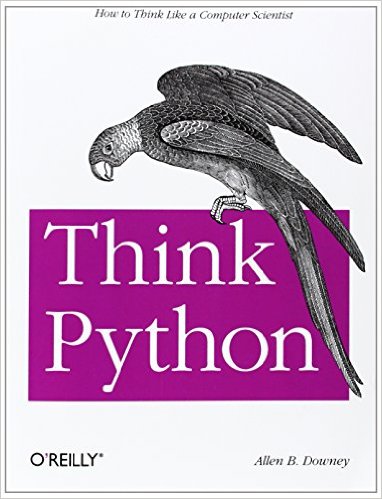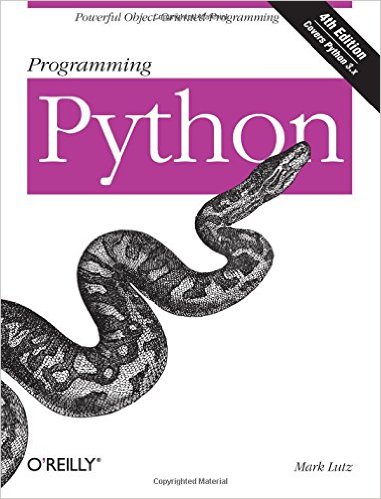Python: The Language of (Data) Champions
Python is a popular backend, open-source language used by data-heavy companies around the world. Backend means that it manages the processes and data stored in a database, and then delivers that information to the client (a web browser, for example). Open-source means that Python has a robust community constantly contributing to the strength and integrity of the language and supporting frameworks. It’s also very human-friendly and easy to read, so beginners are able to familiarize themselves with the language from the start.
Python is the third most used programming language, according to IEEE Spectrum.

Companies Built with Python
Some of the companies that rely on Python are:
- YouTube
- Dropbox
- Survey Monkey
- Quora
- Bitly
- Yahoo Maps
- OfferUp
What do these companies have in common? They all have a lot of data they need to be able to store and efficiently deliver to their users. Python makes it possible for companies to host, organize, and quickly access a lot of data. Python’s use isn’t limited to big-data companies, thought—it’s also used in machine learning and video game creation. Plus, Industrial Light & Magic—the motion picture visual effects company founded by George Lucas—uses Python, which means the language helped bring Star Wars: The Force Awakens to life.
Jobs for Python Developers
The list of jobs for programmers who know Python is long, ranging from Python Programmer to Bioinformatics Scientist. Here’s a list of the most common job titles for programmers who have mastered Python:
- Python Programmer
- Data Scientist
- Software Programmer
- DevOps Engineer
- Business Intelligence Programmer/Analyst
- Computer Analyst / Programmer
- Bioinformatics Scientist
- Data Platform Engineer
- Backend Developer
- Database Developer
- Software Engineer
Salaries of Python Developers
As with any job, salary depends on company size, city, industry, years of experience, and more. But pay for devs who know Python is on the rise, and according to Indeed, the average salary for a Python developer in the U.S. is $102,000.

How to Learn Python
Ready to explore the Python language? Check out the resoures below!
Books
Online
- Learn Python the Hard Way
- Python Tutorials on Codecademy
- Python for Beginners
- Think Python: How to Think Like a Computer Scientist
Classes
For coders who are looking to expand their skill set or need to level up their skills to get to the professional level, Code Fellows offers Code 401: Advanced Software Development in Python. This class, an intense, 10-week deep-dive into the language, covers everything from language syntax and common frameworks to building servers from scratch and mastering eight different data structures in Python.
The course introduces programmers to the full ecosystem of software development and the specific industry standards and best practices that students will be expected to know in their career. If you’re feeling stuck learning Python online, this course teaches you what you need to know, trains you how to learn new frameworks and concepts quickly, and gives you access to learn from experienced Python programmers.
In this class, taught by Python Programmer and Data Scientist Nicholas Hunt-Walker, students complete at least two coding assignments every day, plus build portfolio-worthy web apps with a team during two week-long development sprints.
So why learn Python? It’s a fast, versatile, powerful back-end language that is in high demand in today’s tech industry.
Ready to add Python to your toolkit? Learn More »
Next up: learn about full-stack JavaScript! Read Part 2 »




